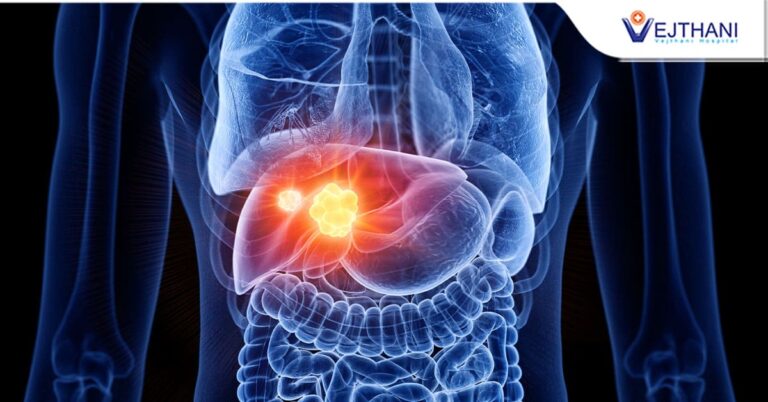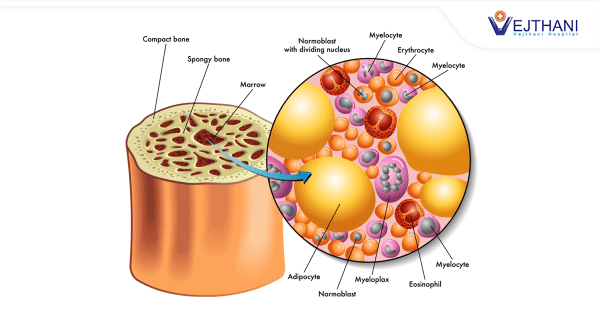

Holistic Life Cancer Center at Vejthani Hospital in Bangkok, Thailand, effectively treats all types of cancer. Lung cancer is responsible for more cancer deaths worldwide than any other type of cancer, yet every stage of lung cancer is treatable. Treatment of more advanced cases of lung cancer helps prolong life and improve the quality of life.
The medical community often divides any cancer into stages. The stages represent the growth and development of the disease. As the disease progresses, treatment becomes less effective, so it’s important to start treatment as early as possible to have the best chance of recovery.
Stages of Lung Cancer
There are two main types of lung cancer, small cell and non-small cell. Each of these is staged differently. Non-small cell lung cancer (NSCLC) is more common of the two, so it will be used to explain the staging system and why it’s so important in treating cancer. Doctors also often use the letters T, M, and N when talking about lung cancer. The letters mean:
- T refers to your tumor, its size and where it’s located in the lung.
- N means node involvement. Cancer that spreads to your lymph nodes close to your lungs becomes more life-threatening.
- M stands for metastasis. This refers to whether or not the cancer has spread to other areas of the body or other organs.
Doctors determine the cancer stage by taking image scans of the tumor in the patient’s lungs and following up with a biopsy for confirmation. The most common way of staging an NSCLC tumor is to use the TNM system and assign a number from I to IV after the letter. For example, lung cancer that has entered the lymph nodes is usually classified as at least N3A.
There are two initial stages before the tumor reaches the numbered stages. In the occult stage, cancer cells can be detected in the mucus a patient coughs up, but the tumor can’t yet be seen on imaging scans or a biopsy. The occult stage is also called hidden cancer. In stage 0, the tumor is very small, and the cancer cells have yet to spread into the deeper lung tissues or outside the lungs.
- Stage 1 means the cancer is in the lung tissues but not the lymph nodes.
- Stage 2 indicates the disease may have spread to the lymph nodes near the lungs.
- Stage 3 means the cancer has spread further into the lymph nodes and into the middle of the chest.
- Stage 4 means the cancer has spread throughout the body and may have reached the brain, bones and liver.
With early diagnosis and treatment, Stage 1 lung cancer is highly curable and over half of the patients with Stage 2 lung cancer survive for five years or longer.
Stage 3 lung cancer is often split into three subdivisions that help doctors get a clearer picture of the progress of the tumor and decide on the best treatment. Stage 3A means the patient has one or more tumors in one lung, and the cancer is in nearby lymph nodes. It may be in nearby tissues, but it hasn’t reached distant organs.
In stage 3B, the patient has one or more tumors in the same lung, which may have spread to lymph nodes above the collarbone and possibly to nearby tissues and lymph nodes on the opposite side of your chest.
Stage 3C lung cancer means the patient has one or more tumors in the same lung. The cancer has definitely spread to lymph nodes above the collarbone and on the opposite side of the chest. It may also have spread to the chest wall, breastbone, heart and other tissues but is not in the distant organs. The average 5-year survival rate is 26% for stage 3B lung cancer. For stage 3C, it’s 13%.
In stage 4 of NSCLC lung cancer, the cancer has spread from the lungs to other areas of the body, including distant organs and tissues such as the brain, liver and bones. The treatment is designed to slow the cancer’s growth and help the patient manage their symptoms.
Threat to Life
Patients with Stage 4 lung cancer can suffer from a variety of complications that can threaten life. These complications can include infections, blood clots, and diffuse alveolar damage. But respiratory failure is the cause of death in close to 38% of lung cancer cases. The damage to the lungs from Stage 4 cancer most often makes it impossible for the lungs to supply enough oxygen to the body.
If you or a loved one have been diagnosed with lung cancer, make an appointment at the Life Cancer Center at Vejthani Hospital to receive excellent, modern cancer treatment from our team of specialists in Bangkok.
Visit Vejthani Life Cancer Center
- Readers Rating
- Rated 5 stars
5 / 5 ( Reviewers) - Spectacular
- Your Rating

























